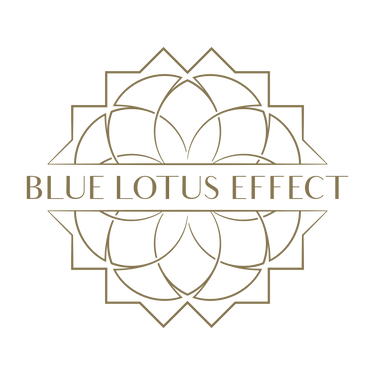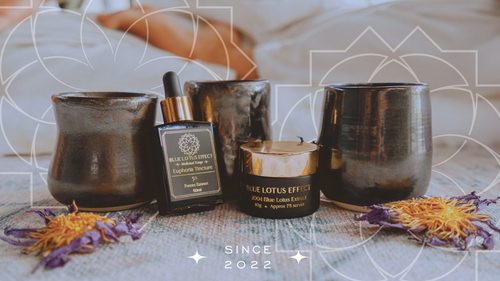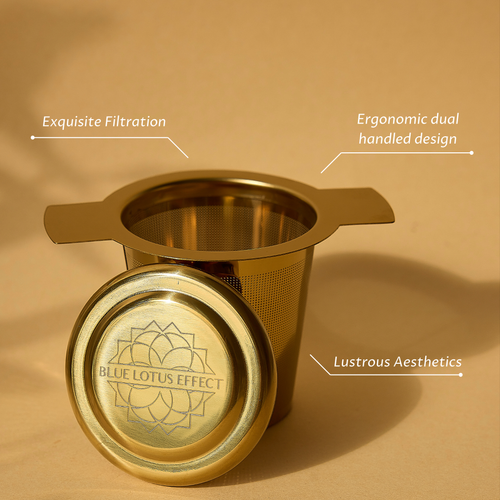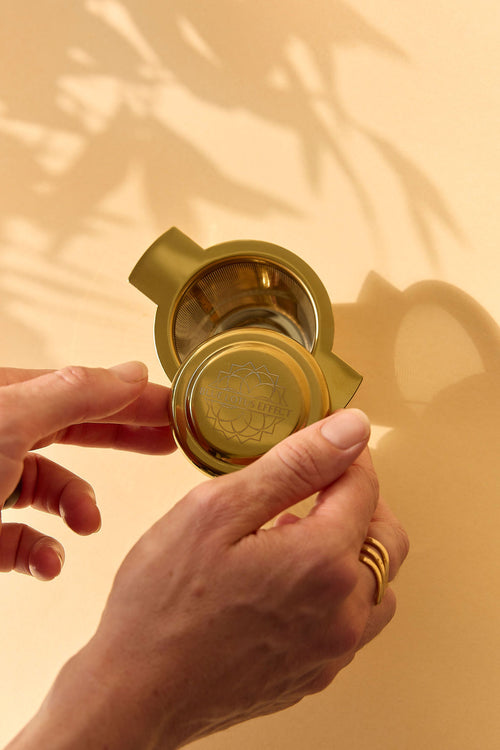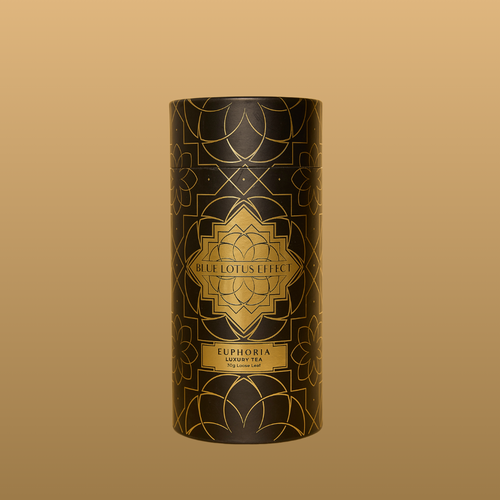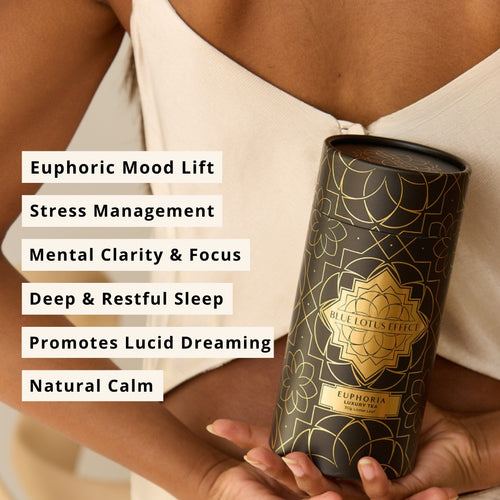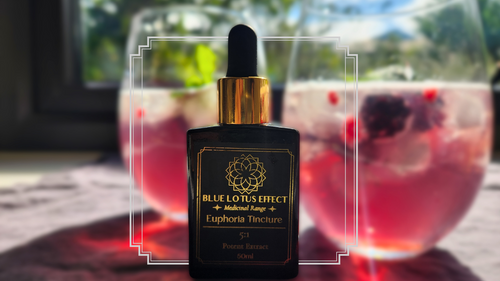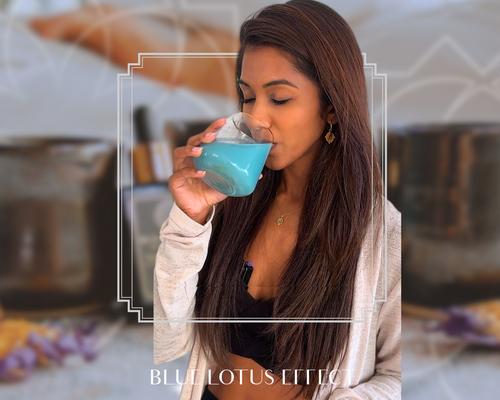Introduction: Are You Missing Out on the Blue Lotus Experience?
You’ve heard the stories—Blue Lotus Tea and Blue Lotus tincture were once revered by ancient Egyptian priests and pharaohs for their ability to induce relaxation, euphoria, and even altered states of consciousness. Many modern users swear by its ability to enhance meditation, reduce anxiety, and promote lucid dreaming.
But what if you’ve tried it and... nothing happens? No relaxation, no heightened senses, no deeper dreams—just a mild floral taste and wasted expectations.
If that sounds familiar, you’re not alone. The truth is, Blue Lotus effects can be influenced by a variety of biochemical, lifestyle, and product-related factors. In this deep dive, we’ll uncover why Blue Lotus might not be working for you—and how to fix it based on both scientific research and traditional wisdom.
1. Are You Using High-Quality Blue Lotus?
Low-Quality Products = Weak Effects
One of the most common reasons people experience lackluster Blue Lotus tea effects is low-quality products. Not all Blue Lotus flowers, teas, or tinctures are created equal—many on the market are either:
❌ Poorly processed or diluted
❌ Harvested from the wrong species (like common water lilies)
❌ Stored improperly or left on the shelf too long, degrading the active compounds
How to Fix It:
✔ Choose Verified Sources: Always buy from trusted suppliers who source genuine Nymphaea caerulea (the true Blue Lotus).
✔ Opt for Tinctures Over Tea: Blue Lotus tinctures contain concentrated alkaloids that enhance bioavailability.
✔ Look for Organic & Fresh Products: Avoid products that are too old, brownish, or dusty—fresh Blue Lotus flowers should be vibrant and aromatic.
2. Are You Missing Key Nutrients for Blue Lotus to Work?
Nutrient Deficiencies That Block Blue Lotus Effects
Blue Lotus interacts with dopamine and serotonin receptors, meaning your body must have enough of the right nutrients to synthesise and absorb these neurotransmitters. If you are deficient in these, the effects of Blue Lotus may feel weak or nonexistent.
🔻 Low Tyrosine & Phenylalanine → Precursors to dopamine
🔻 Low Tryptophan → Precursor to serotonin
🔻 Low B Vitamins (B6, B9, B12, B3) → Required for neurotransmitter synthesis
🔻 Low Magnesium & Zinc → Supports dopamine function and receptor sensitivity
🔻 Low Omega-3 Fatty Acids (DHA/EPA) → Essential for neuronal health
How to Fix It:
✔ Eat nutrient-dense foods: Grass-fed meats, salmon, eggs, leafy greens, nuts, and seeds.
✔ Supplement when needed: Consider B-complex vitamins, magnesium, omega-3s, and zinc to improve dopamine and serotonin metabolism.
✔ Pair with dopamine-boosting herbs: Combine Blue Lotus tincture with Mucuna Pruriens (L-Dopa), Rhodiola, or Ashwagandha for enhanced effects.
3. Are You Brewing or Dosing It Correctly?
Incorrect Preparation Weakens Effects
Brewing Blue Lotus tea incorrectly can destroy its active alkaloids, making the effects barely noticeable.
🔻 Using boiling water can break down delicate compounds.
🔻 Steeping for too short (under 3 minutes) won’t extract the full alkaloids.
🔻 Overdiluting by using too much water can weaken its potency.
How to Fix It:
✔ For Tea: Steep 2-3 grams of dried Blue Lotus flowers in hot 85 degree (not boiling) water for 10-15 minutes (Blue Lotus Euphoria is tea-cut already, 3-5 minutes is fine)
✔ For Tincture: Take 1-2 full droppers of Blue Lotus tincture sublingually for faster absorption.
✔ For Traditional Egyptian Method: Infuse Blue Lotus into red wine for 24-48 hours for a stronger effect (as the ancients did!).
4. Is Your Body Clearing It Too Quickly?
Fast Dopamine Metabolism = Weaker Effects
Your body's ability to metabolise dopamine and serotonin affects how strongly you feel Blue Lotus. Some people have genetic variations (COMT gene mutations) that cause their bodies to break down dopamine too quickly, leading to weaker effects.
🔻 High Methylation (COMT Gene Variant) → Clears dopamine too fast.
🔻 Poor Gut Health (Low Bifidobacteria & Lactobacillus) → Reduces serotonin production.
🔻 Chronic Stress (High Cortisol) → Suppresses dopamine receptors.
How to Fix It:
✔ Support Methylation: Take SAMe, Trimethylglycine (TMG), and Methylfolate to optimize dopamine metabolism.
✔ Improve Gut Health: Consume fermented foods, probiotics, and polyphenol-rich foods like blueberries and green tea.
✔ Reduce Stress & Cortisol: Practice meditation, cold therapy, and adaptogenic herbs like Ashwagandha & Phosphatidylserine.
5. Are You Expecting Intense Psychedelic Effects?
Blue Lotus is Subtle, Not a Hallucinogen
Many users expect psychedelic-level effects from Blue Lotus Tea or tincture, but it is not a hallucinogen. Unlike stronger psychoactive herbs, Blue Lotus provides a gentle, dreamy relaxation, similar to low-dose cannabis or kava.
How to Fix It:
✔ Shift Your Expectations: Expect relaxation, enhanced mood, and dream enhancement rather than an intense "trip."
✔ Combine with Mindfulness Practices: Use Blue Lotus for meditation, deep breathing, and lucid dreaming for a synergistic effect.
✔ Enhance Potency: Pair with a glass of wine, cacao, or adaptogenic herbs for a stronger experience.
Quick Takeaways: Why Blue Lotus Might Not Be Working for You
✔ Low-quality products = weaker effects → Choose fresh, organic Blue Lotus.
✔ Nutrient deficiencies can block its dopamine & serotonin effects → Optimize B vitamins, zinc, and omega-3s.
✔ Improper preparation weakens potency → Use the right brewing, tincture, or infusion method.
✔ Your body might metabolise it too fast → Support gut health, methylation, and stress management.
✔ Expect subtle relaxation, not psychedelia → Use it for meditation, lucid dreaming, and deep relaxation.
Conclusion: How to Unlock the True Power of Blue Lotus
If Blue Lotus Tea or tincture isn’t working for you, don’t give up yet—it likely just needs a simple tweak in quality, preparation, or supporting nutrients. By optimising dopamine metabolism, reducing stress, and using traditional infusion techniques, you can experience the full magic of Blue Lotus just as the ancient Egyptians intended.
💙 Have you experienced Blue Lotus? What worked for you? Share your thoughts below!
FAQs: Your Blue Lotus Questions Answered
1. How long does Blue Lotus take to work?
Most users feel effects within 15-45 minutes, depending on metabolism and method of consumption.
2. Can I drink Blue Lotus tea every day?
Yes! But for stronger effects, try cycling it (e.g., 5 days on, 2 days off).
3. Does Blue Lotus actually increase dopamine?
Yes! But only if your body has the right nutrients to metabolise it properly.
4. Can I mix Blue Lotus with alcohol?
Yes—infusing it into wine is a traditional Egyptian method that enhances effects.
5. What’s the strongest way to take Blue Lotus?
Blue Lotus Euphoria tincture (sublingual) or infused in wine gives the most potent experience.
